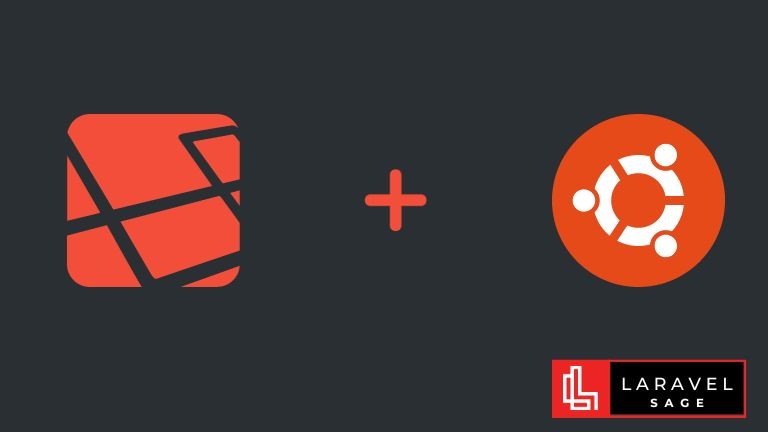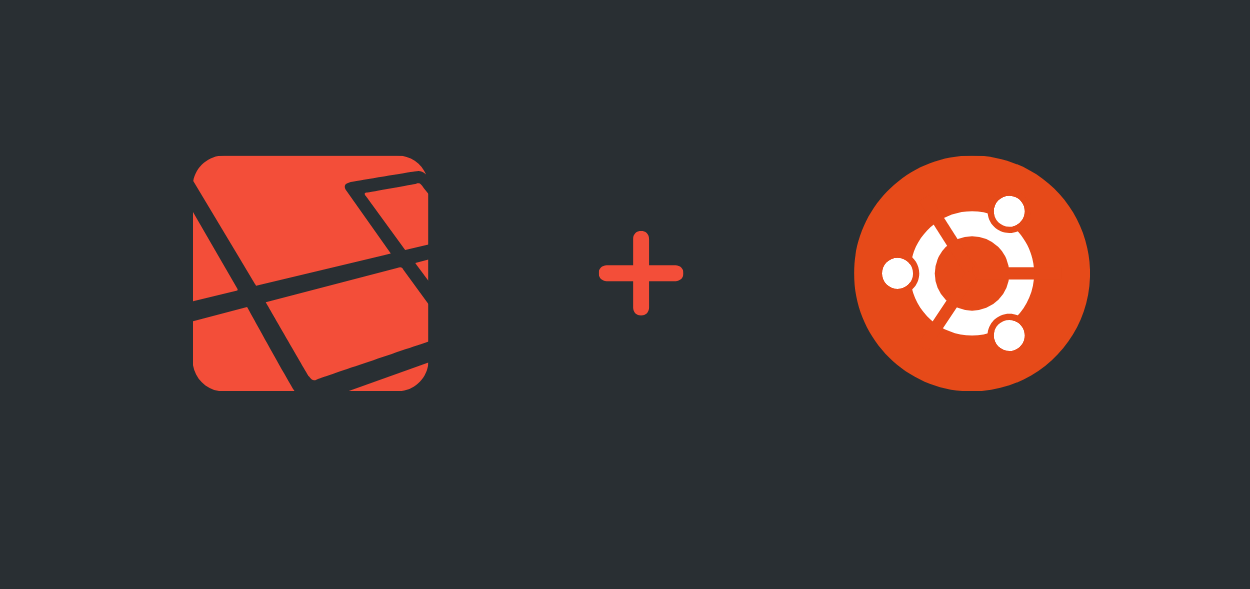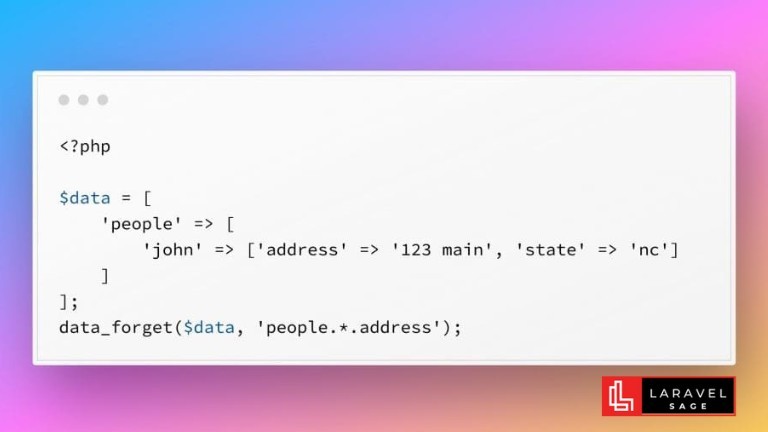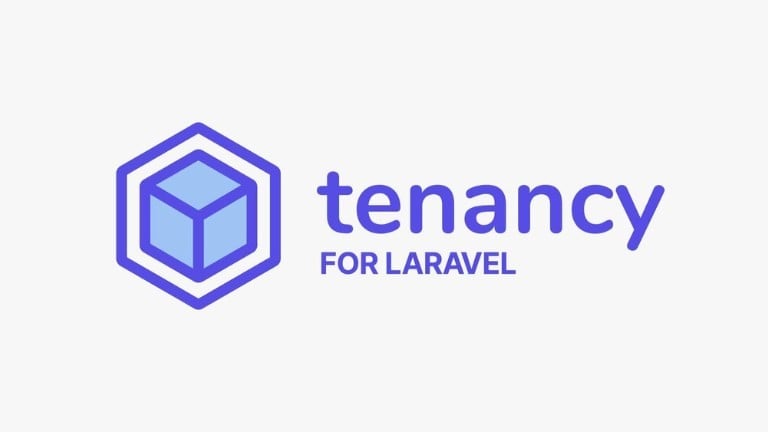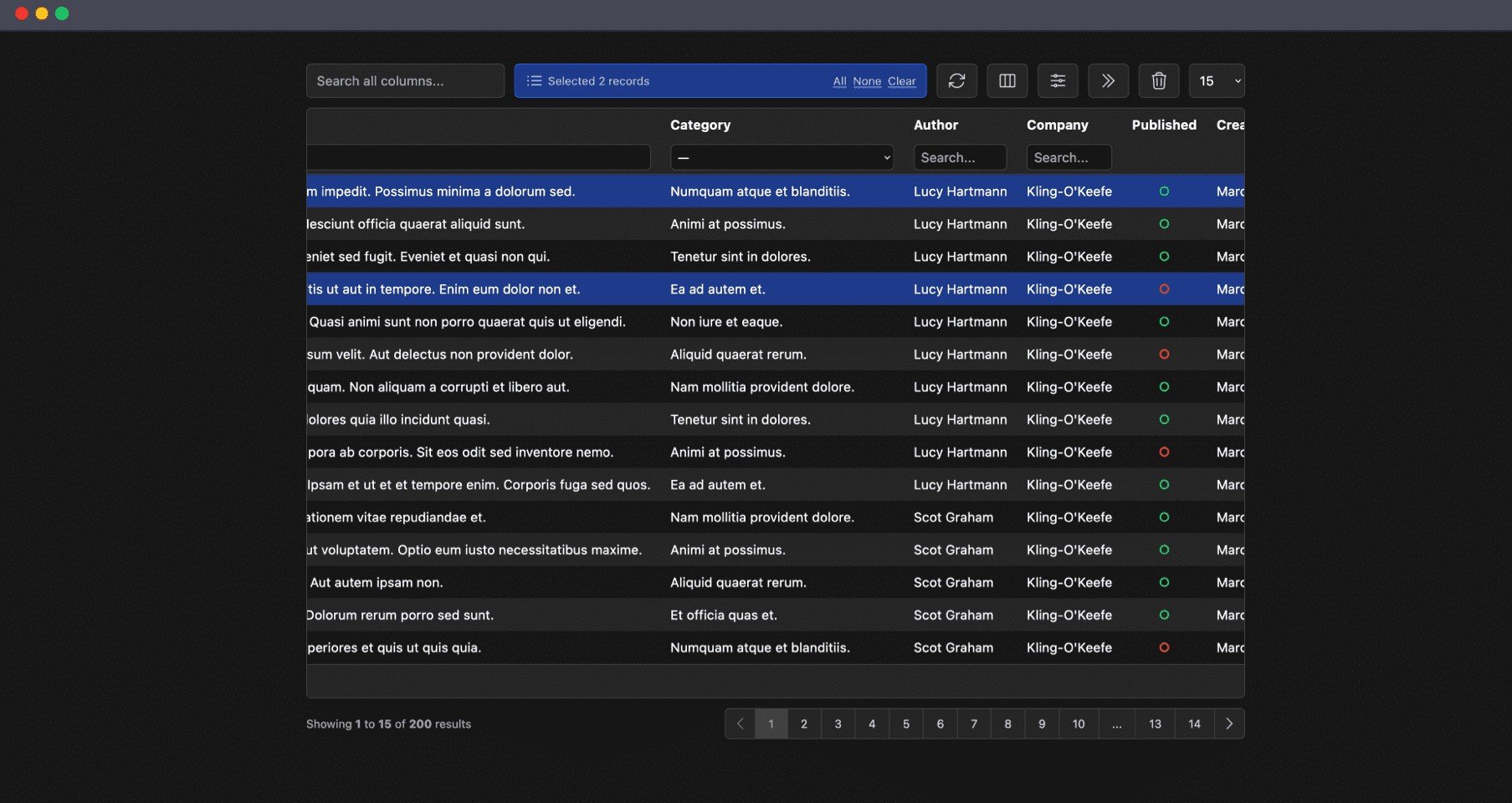This guide provides a thorough walkthrough on installing Laravel 10 on a Nginx server running Ubuntu 23.10. With real-time examples, you will be well on your way to setting up and exploring the new functionalities Laravel 10 has to offer.
Prerequisites:
A server running Ubuntu 23.10
Basic knowledge of terminal operations
Familiarity with Nginx and its configurations
Step 1: Updating Your System
Before diving into the installation process, it's crucial to ensure your system is up-to-date. Execute the following commands in your terminal:
sudo apt update && sudo apt upgrade
Step 2: Installing Nginx
If you don’t have Nginx installed already, install it by running the following command:
sudo apt install nginx
Once installed, start Nginx and enable it to run at boot:
sudo systemctl start nginx
sudo systemctl enable nginx
Step 3: Installing PHP
Laravel is a PHP framework, hence some important modules are required for the installation of PHP. Install PHP and its essential extensions:
sudo apt install php php-cli php-mbstring unzip curl php-xml php-fpm
Step 4: Configuring Nginx for Laravel
Now, create a new Nginx server block file for your Laravel project:
sudo nano /etc/nginx/sites-available/mysite
Paste the following configuration, adjusting the server_name and root directives to match your domain and project directory:
server {
listen 80;
server_name mysite.com;
root /var/www/laravel/public;
add_header X-Frame-Options "SAMEORIGIN";
add_header X-XSS-Protection "1; mode=block";
add_header X-Content-Type-Options "nosniff";
index index.php index.htm index.html;
charset utf-8;
location / {
try_files $uri $uri/ /index.php?$query_string;
}
location = /favicon.ico { access_log off; log_not_found off; }
location = /robots.txt { access_log off; log_not_found off; }
access_log off;
error_log /var/log/nginx/laravel.error.log error;
sendfile off;
client_max_body_size 100m;
location ~ \.php$ {
fastcgi_split_path_info ^(.+\.php)(/.+)$;
fastcgi_pass unix:/var/run/php/php8.1-fpm.sock;
fastcgi_index index.php;
include fastcgi_params;
}
location ~ /\.(?!well-known).* {
deny all;
}
}
Save and close the file. Now, create a symbolic link to the sites-enabled directory to activate the server block:
bash
sudo ln -s /etc/nginx/sites-available/mysite /etc/nginx/sites-enabled/
Step 5: Installing Composer and Laravel
Composer, a dependency manager for PHP, is necessary for installing Laravel. If you haven’t installed Composer already, download and install it using the following commands:
cd ~
curl -sS https://getcomposer.org/installer -o /tmp/composer-setup.php
HASH=`curl -sS https://composer.github.io/installer.sig`
php -r "if (hash_file('SHA384', '/tmp/composer-setup.php') === '$HASH') { echo 'Installer verified'; } else { echo 'Installer corrupt'; unlink('composer-setup.php'); } echo PHP_EOL;"
sudo php /tmp/composer-setup.php --install-dir=/usr/local/bin --filename=composer
Now, install Laravel using Composer:
composer create-project laravel/laravel mysite "10.*"
Replace "mysite" with your desired project name.
Step 6: Setting Up File Permissions
Ensure that the storage and bootstrap/cache directories are writable:
sudo chmod -R 775 /var/www/laravel/storage
sudo chmod -R 775 /var/www/laravel/bootstrap/cache
Now we need to give the web server user write access to the storage and cache folders, where Laravel stores application-generated files:
sudo chown -R www-data.www-data /var/www/laravel/storage
sudo chown -R www-data.www-data /var/www/laravel/bootstrap/cache
Step 7: Finalizing the Installation
Now that all components are in place, test your Laravel installation by restarting Nginx:
sudo systemctl restart nginx
Navigate to your domain in your web browser. You should now see the default Laravel landing page, confirming the successful installation of Laravel 10 on your Nginx server running Ubuntu 23.10.
Conclusion:
With Laravel 10 now installed on your Nginx server, you are all set to commence building robust, modern web applications. This guide has equipped you with the fundamental steps and examples to ensure a smooth installation process. As you delve deeper into Laravel, the extensive community and resources available will be your companions in exploring and mastering this elegant PHP framework.
Please remember to take a look at common issue livewire users faces when working on nginx server such as livewire.js not found.

Full-stack developer with a knack for Merging creativity with technical expertise for standout solutions.
